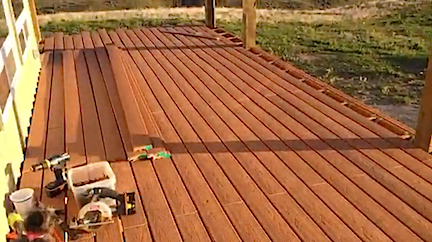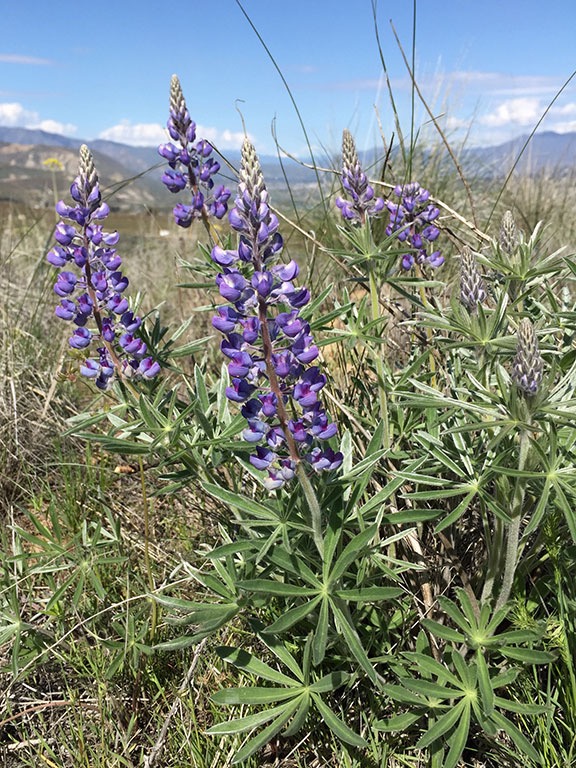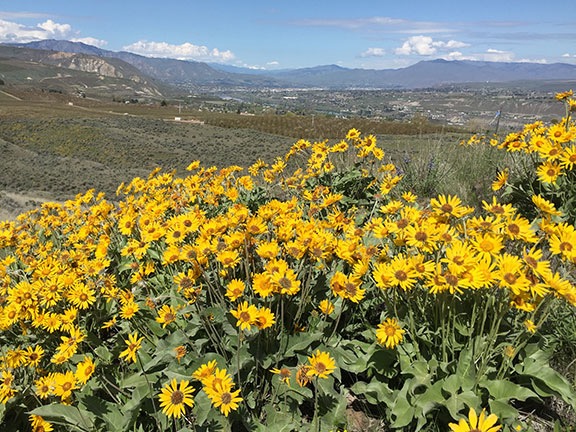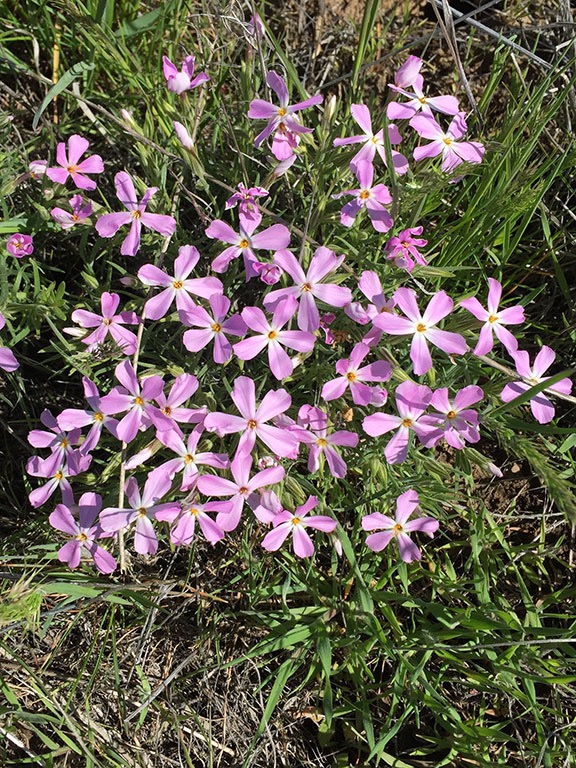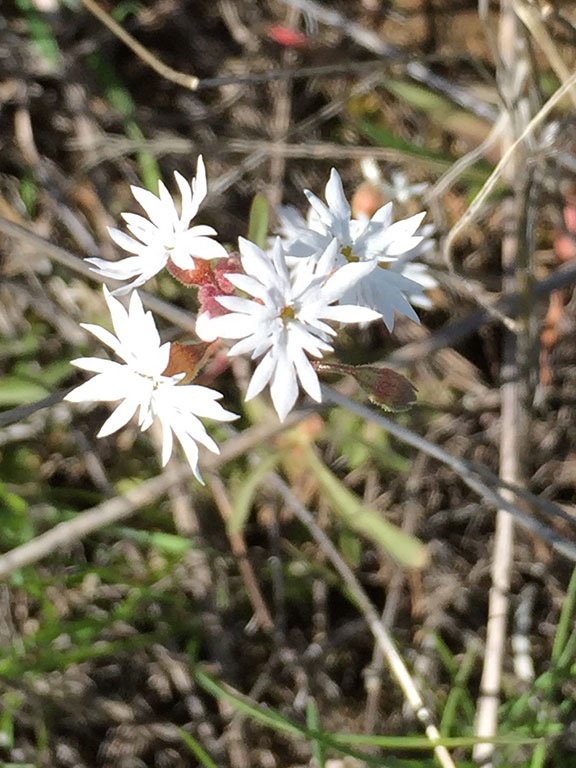My thoughts.
Today I had to withdraw a cherry drying contract from a pilot who wanted to fly for me because he insisted on being allowed to have a “pilot friend” fly with him during cherry drying missions.
Because more than half of the cherry drying crashes in this area have occurred with two people in the cockpit, this is something I simply don’t allow — and I specifically forbid it in the contact terms.
Why Just One Pilot?
I blogged about this back in June 2012. There had been a crash with a fatality just a few days before. Two pilots had been on board, although the dual controls were reportedly not installed. The aircraft hit wires and crashed into the trees. The passenger was killed; the pilot sustained serious injuries. In my blog post, I raised the question of cockpit distractions.
The previous July (2011), there had been three crashes during cherry drying work. Of the three, two of them occurred with two people on board.
Coincidence? I don’t think so.
Although performance might not be an issue in an R44 — which the guys who work for me fly — in these flying conditions, distractions can be. Cherry drying is done in an obstacle rich environment just a few feet over the tops of trees.
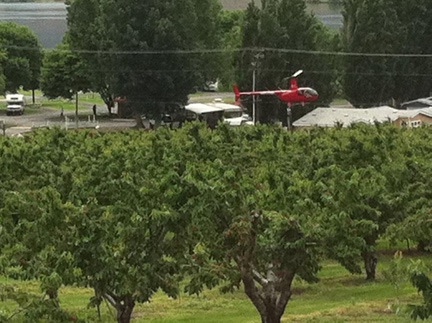
Wires and poles and trees, oh my!
So many pilots whine about the danger of flying in “the deadman’s curve.” That’s not my concern when I’m hovering with my skids brushing the treetops. My concern is wires and wind machines and bird houses on poles and tall trees bordering the orchard. I’ve struck a pine tree branch with my main rotor blade and trimmed a treetop with my tail rotor. That’s how close I can get — which is obviously too close — to obstacles that could easy damage my aircraft enough to bring it down into the trees.
Now imagine having a chatty friend on board. Or the dual controls installed and someone “following along” with you on an instructional flight. Is this a good idea when you need to keep focused?
I don’t think so. I think it’s dangerous and I won’t allow it.
Training
The argument I hear most often about why two pilots should be allowed to fly cherry drying missions is training. How can a new pilot learn the ropes unless he experiences the flight?
Easy: teach him on a nice clear day, when weather is not an issue and there isn’t an orchard owner on the ground freaking out because he’s worried about losing his cherry crop. A day when there’s no stress and no demands to get the job done quickly and move on to the next orchard. A day when rain isn’t making the cockpit bubble nearly impossible to see through and you have to worry about the flight path of the other helicopter on the next orchard block.
Start with an overview at an obstruction-free orchard and show how you scout for obstacles in a new orchard and determine where to start work. Descend slowly and start your instructional passes high, showing the student how the downwash affects the trees. Work your way down to the point where the future cherry drying pilot should be flying.
Of course, you’re doing all this after some ground training where you’ve already sketched out how the job is done and discussed all aspects of the work.
This is how I learned to dry cherries. I spent 2 hours talking about the work with an experienced cherry drying pilot and some notepaper that we sketched all over. Then we flew for about an hour over some uniformly tall trees and practiced various maneuvers.
And this is how I teach new pilots to dry cherries. In a controlled, stress-free environment.
So the argument that having a pilot on board during an actual cherry drying mission is the only way to teach him simply doesn’t fly with me. (Okay, pun intended.)
Is This a Contract Killer?
Is the one person vs. two people on board argument worth preventing a contract agreement? Apparently, the pilot I withdrew the contract from and I think it is.
In his words, “If this is not possible I don’t see this working for my business.” That makes me wonder about his “pilot friend.”
It seems to me that a friend should understand that when you have work to do, he needs to stand aside and let you do it. I have friends who fly fire contracts and power line contracts and heavy lift contracts and spray contracts. I am one of their “pilot friends.” I’d love to experience one of these flights first hand. But I know that (1) their employers most likely prohibit fly-alongs for pretty much the same reason I do and (2) my presence could jeopardize our safety or their job. So I don’t even ask and they don’t offer.
The claim that having only one person on board won’t work for his business makes me wonder whether there’s some financial gain to be had from having that second pilot on board. Would that other pilot be paying for that flight time, perhaps as a student? In that case, it’s “double-dipping,” pure and simple — being paid by two separate parties for work on one mission. And frankly, there’s a bit too much of that in this industry for my taste.
I pay a generous per-hour flight rate for cherry drying work. The rate is considerably higher than any charter or utility rate a pilot could charge for flying the same helicopter. I pay that because the work is risky and because that’s what the market will bear. Isn’t this enough to head off any need for double-dipping?
As for me, I want my pilots safe and their flights accident-free. I can’t serve my clients when one of my pilots crashes in an orchard and his helicopter is put out of commission. It’s my goal to minimize the risk — that’s why I require pilots with at least 500 hours of flight time and at least 100 hours in the helicopter they’re flying. That’s why I don’t allow two people in the cockpit when flying in an obstacle-rich environment.
It’s not all about money and milking the system to maximize revenue. It’s about the safe and reliable performance of a mission to best serve clients — and live to fly another day.

